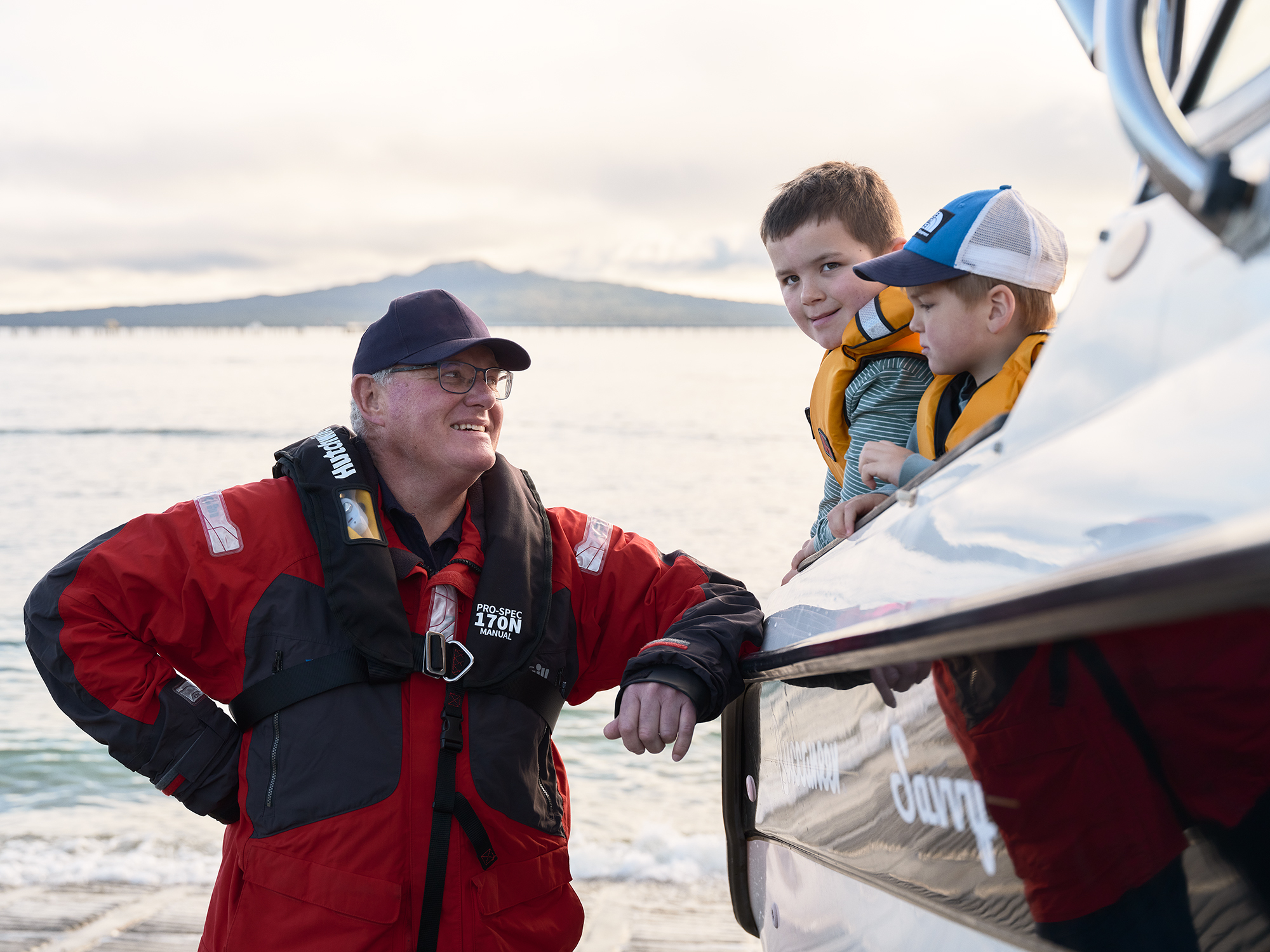Who we are
Coastguard Tautiaki Moana is Aotearoa New Zealand’s primary maritime search and rescue organisation, powered by volunteers, and enabled by staff. Our vision is to help everyone get the best out of their time on the water, safely and with confidence.
Last year our 2,000+ volunteers gave their time to help bring thousands of people home safely to dry land - from Houhora to Bluff and across the oceans, major rivers, and lakes of our beautiful country. Whatever their waka of choice, be it a boat, jet ski, or kayak, we’re side by side with all water-users, no matter the situation.
Our volunteers are based at 62 Coastguard units and communities around the country:
- 59 units crewing 101 rescue vessels and rescue craft (jet ski) providing services to water-users, positioned in strategic locations around the coast and on major lakes and rivers, from Houhora in the north to Bluff in the south.
- 2 air patrol units based in Auckland and Northland who pilot two search and rescue aircraft providing our eyes in the sky.
- A dedicated Operations Centre in Auckland where highly trained volunteers and staff lead search and rescue incidents and routine breakdowns as well as take trip reports, broadcast weather conditions, and monitor various VHF channels across New Zealand.
We closely collaborate with government-led search and rescue services like the Police and the Rescue Co-ordination Centre (RCCNZ). Together, we ensure a joint effort to coordinate major marine rescues, working hand in hand to keep everyone safe on the water.
When we’re not helping on the water, we’re helping off it, providing the know-how to keep people safe and informed. Our Education and Community Engagement team are the leading providers of boating courses throughout Aotearoa, offering courses to suit all abilities, water-users, and training pathways.
As water safety advocates, we’re committed to reducing preventable watercraft drownings. We do this by sharing all we know through education, community engagement, awareness campaigns, and by teaming up with like-minded partners across the water safety sector.
None of this would be possible without the financial support we receive from our funders, partners, members, and donors who generously give to Coastguard so that our volunteers can continue to be there when New Zealanders need them most.
We’re an organisation that has never stood still. With over two million keen water-users (and growing) out there, we’re committed to being more approachable, friendly, and more relevant to all New Zealanders, regardless of their background or experience on the water. Click here to learn more about our journey and focus for the future.




